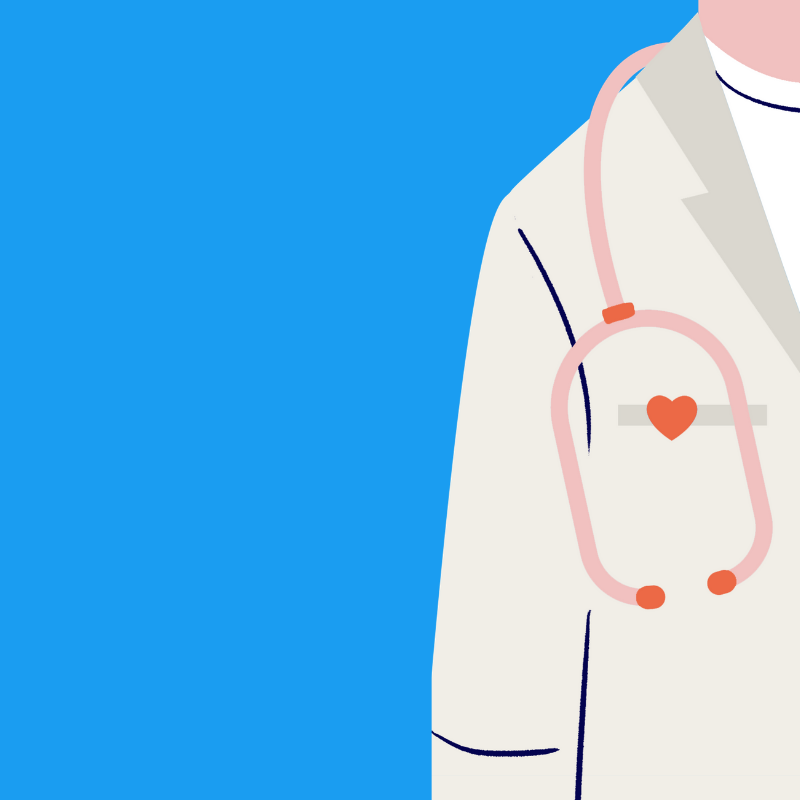
Have You Heard of the CDC’s PPE Burn Rate Calculator?
The Centers for Disease Control and Prevention (CDC) now has a burn rate calculator that helps hospitals and other health care organizations determine how fast they are running through supplies of personal protective equipment (PPE) during the COVID-19 pandemic.
To use the calculator, organizations enter the number of full boxes of each type of PPE in stock (e.g. gowns, gloves, surgical masks, respirators and face shields) and the total number of patients at their facility. The tool will calculate the average consumption rate, also referred to as a “burn rate,” for each type of PPE entered in the spreadsheet. This information can then be used to estimate how long the remaining supply of PPE will last, based on the average consumption rate.
There are two versions of the calculator—an Excel spreadsheet and a mobile app—available through the National Institute for Occupational Safety and Health.
To learn more about downloading and using the calculator, visit the CDC’s website here.
Helping Employees Cope With Stress and Build Resilience
As the COVID-19 pandemic continues, the mental health of your employees is critical. Providing care to others during the pandemic can lead to heightened stress, anxiety and fear. It’s important to recognize what stress looks like and ensure employees know how to cope or where to turn for help.
According to a Gallup poll, nearly 60% of Americans reported daily stress and worry due to the pandemic. Everyone wears stress differently, but some common symptoms include feeling irritated, unmotivated, anxious, depressed or burned out. It may also be hard to concentrate or sleep.
COPING TIPS
If steps aren’t taken to cope with stress and anxiety, employees are at risk for long-term health effects. Consider passing along these coping tips from the CDC:
-
Talk openly with co-workers and supervisors about job stress and how the pandemic is affecting your work.
-
Recognize that you are performing a crucial role in fighting this pandemic.
-
Remind yourself that everyone is in an unusual situation with limited resources.
-
Focus on what you can control.
-
Keep a consistent daily routine.
-
When away from work, do something that you enjoy such as exercising, spending time outside, relaxing or engaging in other hobbies.
-
Stay informed, but don’t obsess over the news and social media. It’s important to take breaks.
Most importantly, make sure all employees know how to access mental health resources in the workplace.

